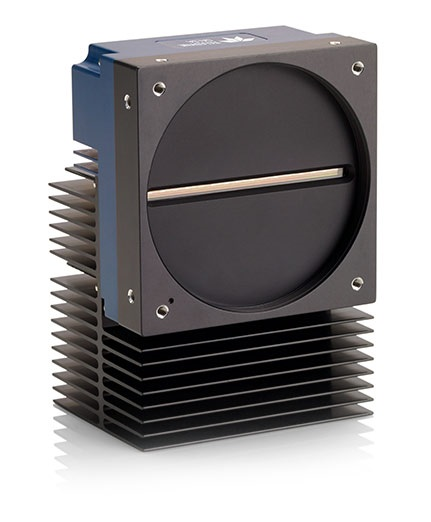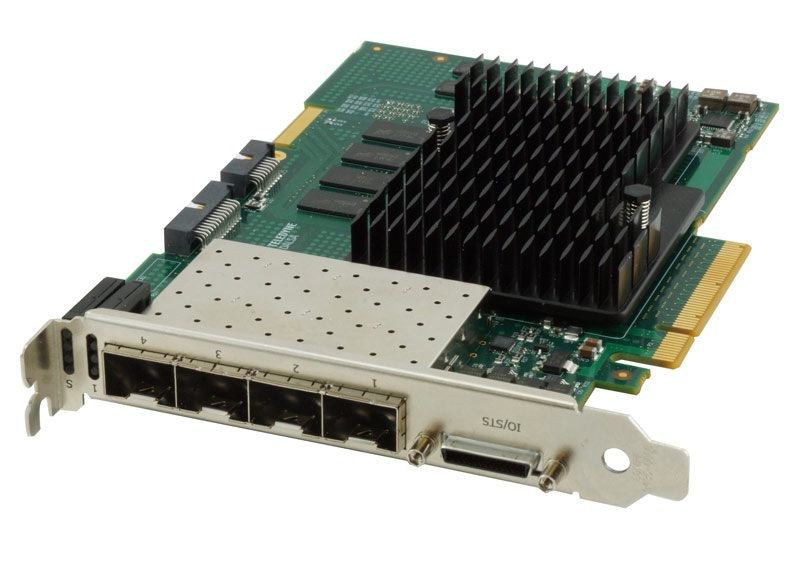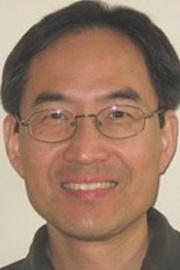
In this interview, AZoOptics talks to Xing-Fe He, Product Manager at Teledyne DALSA, about the benefits that multi-array TDI sensor architecture brings to the field of multifield cameras.
Can you give a brief overview of Teledyne DALSA?
Teledyne DALSA is part of the Teledyne Imaging group of leading-edge technology companies aligned under the Teledyne umbrella. Individually, each company offers best-in-class solutions. Together, they combine and leverage each other’s strengths to provide the deepest, widest imaging and related technology portfolio in the world.
Can you please provide our readers with a brief overview of the theory behind multi-array TDI sensor architecture?
Multifield is a new imaging technology that enables capturing multiple images using various lighting conditions (e.g. brightfield, darkfield, and backlight) in a single scan. It reduces the time and complexity required to capture both brightfield and darkfield images.
How does this improve the capabilities of a CMOS camera?
This new CMOS TDI technology is the most advanced in the marketplace and significantly improves inspection speeds and image quality. For demanding applications like AOI end-users currently need to scan multiple times in various lighting conditions to detect defects. Now customers can complete what used to require three separate passes in a single scan which significantly boosts the data throughput of an AOI system and with it, improved detectability.
Linea Line Scan
Which industries will benefit most from a CMOS TDI camera?
There are a number of industries that would benefit, including flat panel display, PCB Inspection, wafer inspection, gene sequencing, and digital pathology
How is the Linea HS 16K Multifield camera unique to other cameras on the market?
Teledyne DALSA’s Linea HS Multifield camera is the first product in the industry capable of capturing up to three images using light sources at different wavelengths. The camera uses advanced wafer-level coated dichroic filters with minimum spectral crosstalk to spectrally isolate three images captured by separate TDI arrays. Depending on the light sources used, narrowband filters may be needed at the light sources.

Linea HS 16K
How can the Linea HS 16K Multifield camera save the end-user money?
Built on field-proven technology, the next generation CLHS fiber optic interface provides reliable and high throughput data transmission. Fiber optic cables lower system costs, offer longer cable lengths (up to 300 m), are immune to electromagnetic radiation, and are ideal for industrial environments.
Are there any additional benefits to the Linea HS 16K Multifield camera?
The camera offers a 100-kHz x 3 line rate or 5 GPix/sec data throughput for high-performance imaging applications. When combined with Teledyne DALSA’s Xtium™2 CLHS series of high-performance frame grabbers, these new products represent a breakthrough in data throughput.

Xtium™2 CLHS Series
What does the future hold for Teledyne DALSA?
We continue to develop powerful, leading-edge multifield imaging technology with cutting-edge features and value.
About Xing-Fe HE
 Xing-Fei He is a Senior Product Manager for Teledyne DALSA’s CCD and CMOS product lines. His areas of expertise include product imaging, display, and optoelectronics with emphasis on product planning, development, and rollout.
Xing-Fei He is a Senior Product Manager for Teledyne DALSA’s CCD and CMOS product lines. His areas of expertise include product imaging, display, and optoelectronics with emphasis on product planning, development, and rollout.
Disclaimer: The views expressed here are those of the interviewee and do not necessarily represent the views of AZoM.com Limited (T/A) AZoNetwork, the owner and operator of this website. This disclaimer forms part of the Terms and Conditions of use of this website.